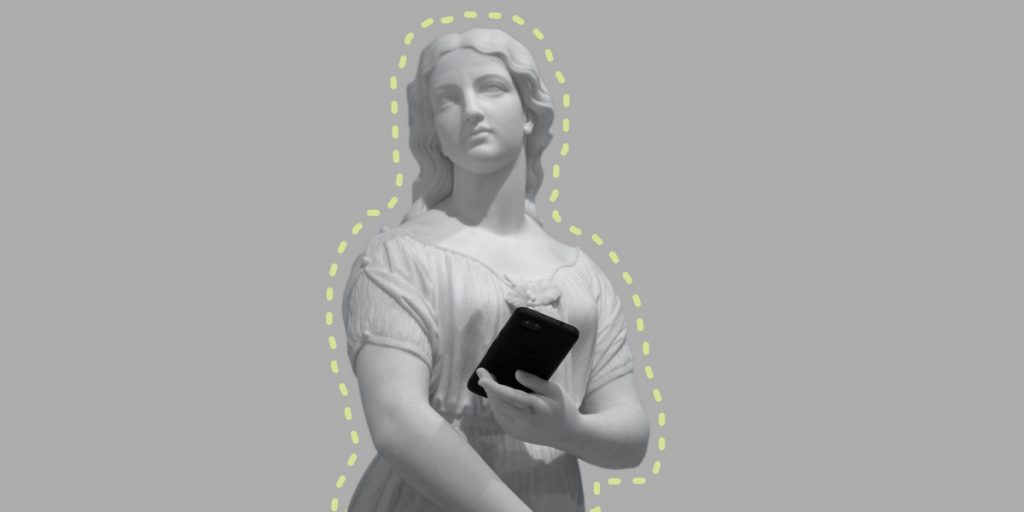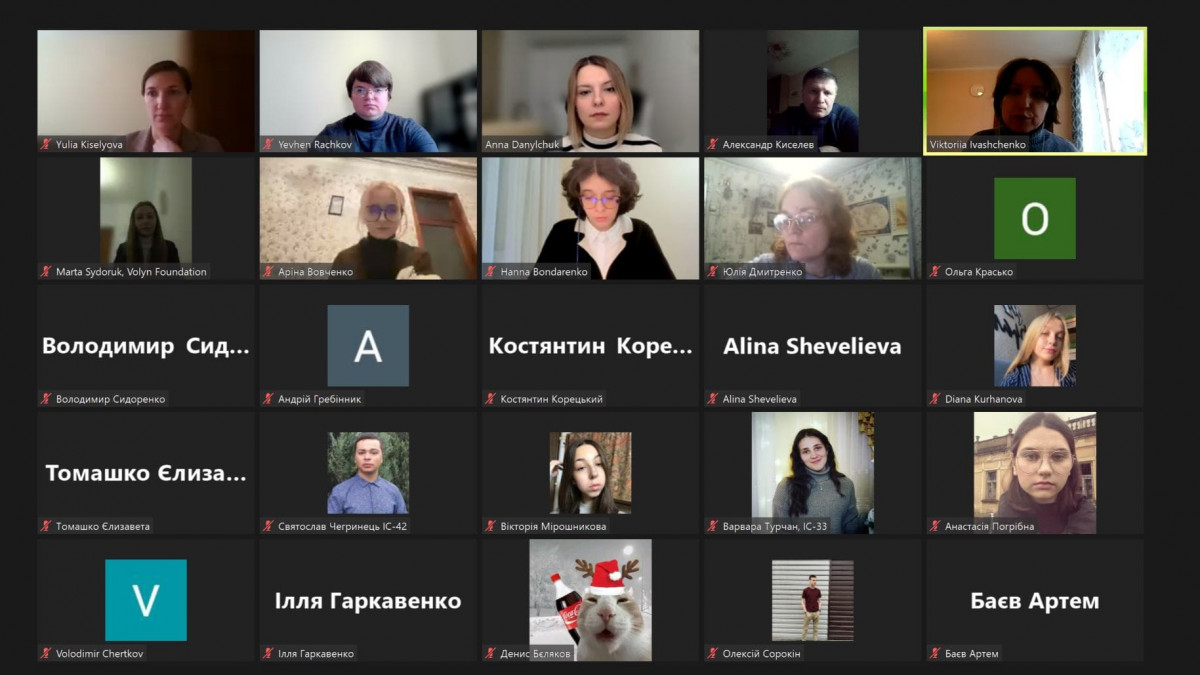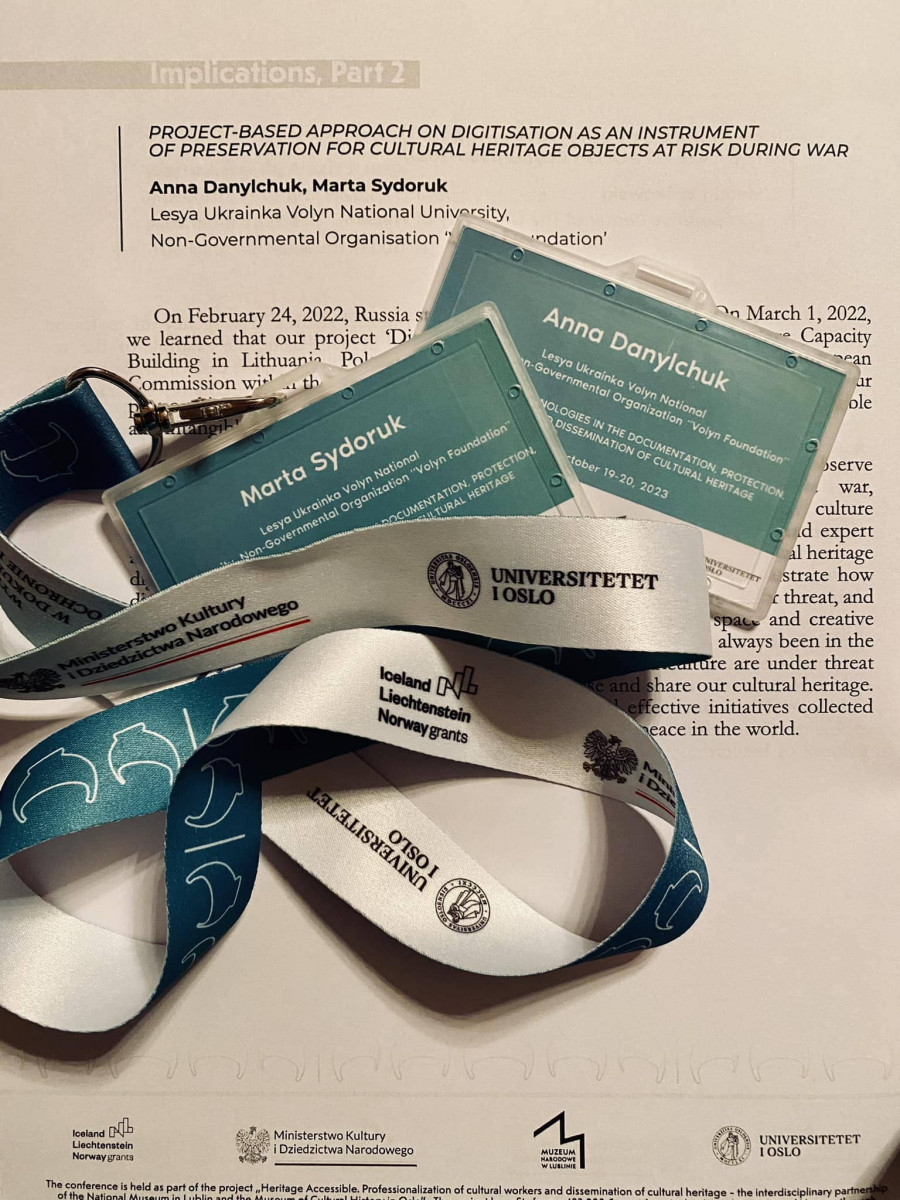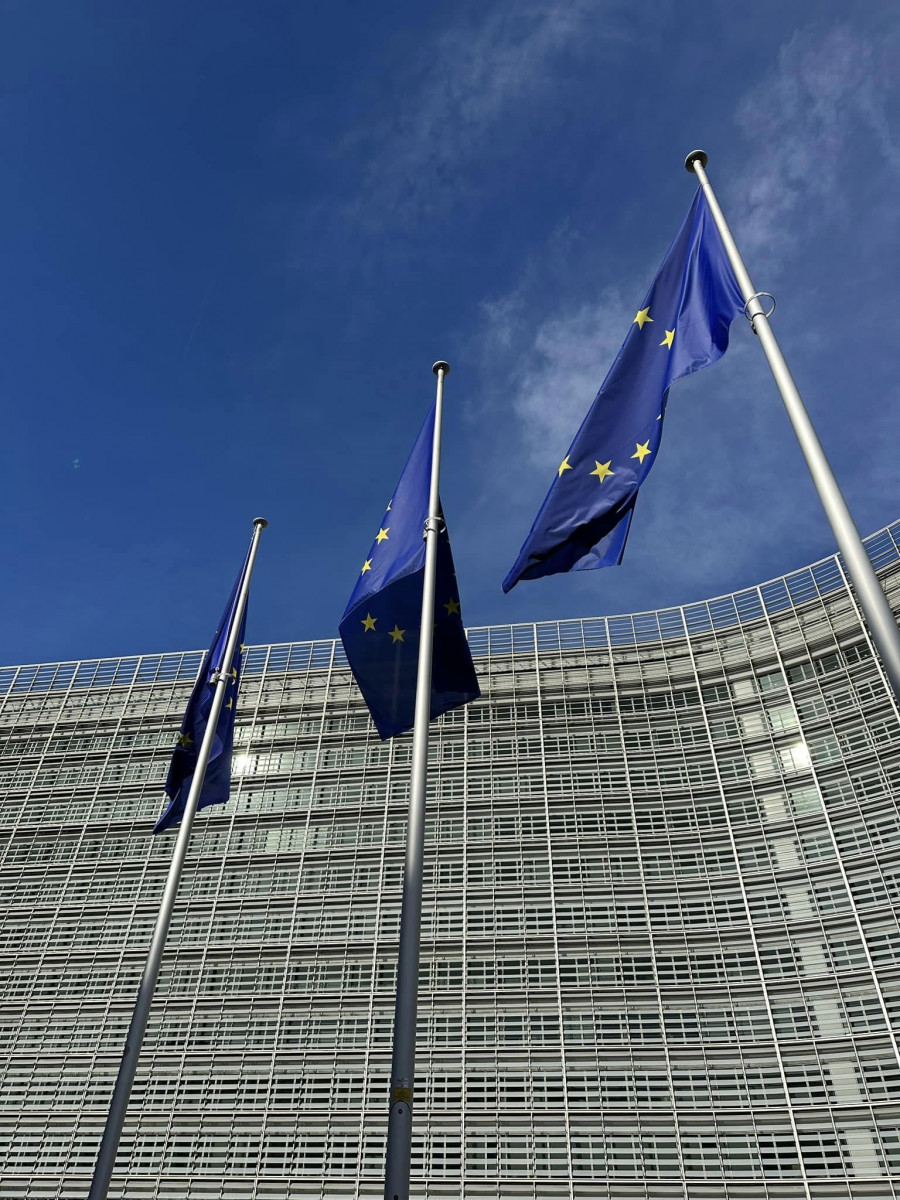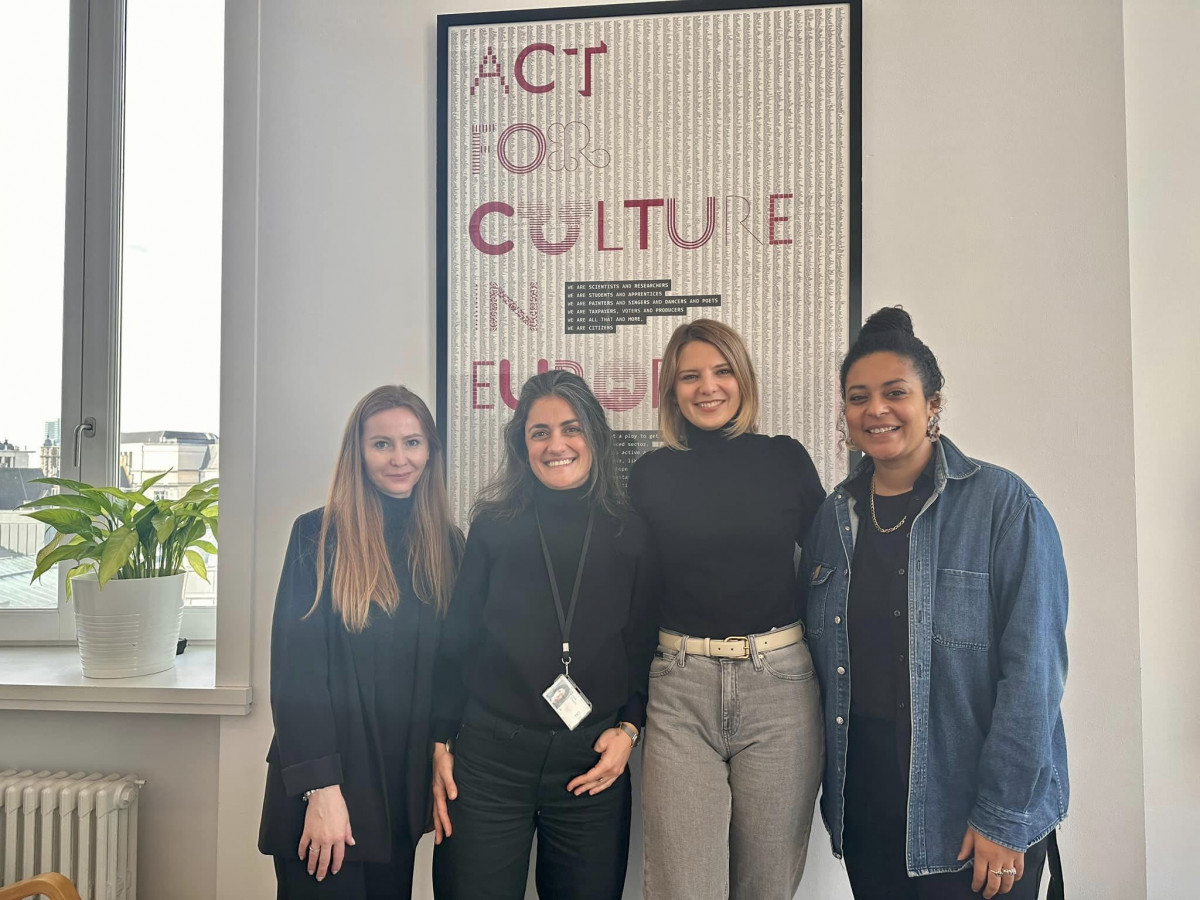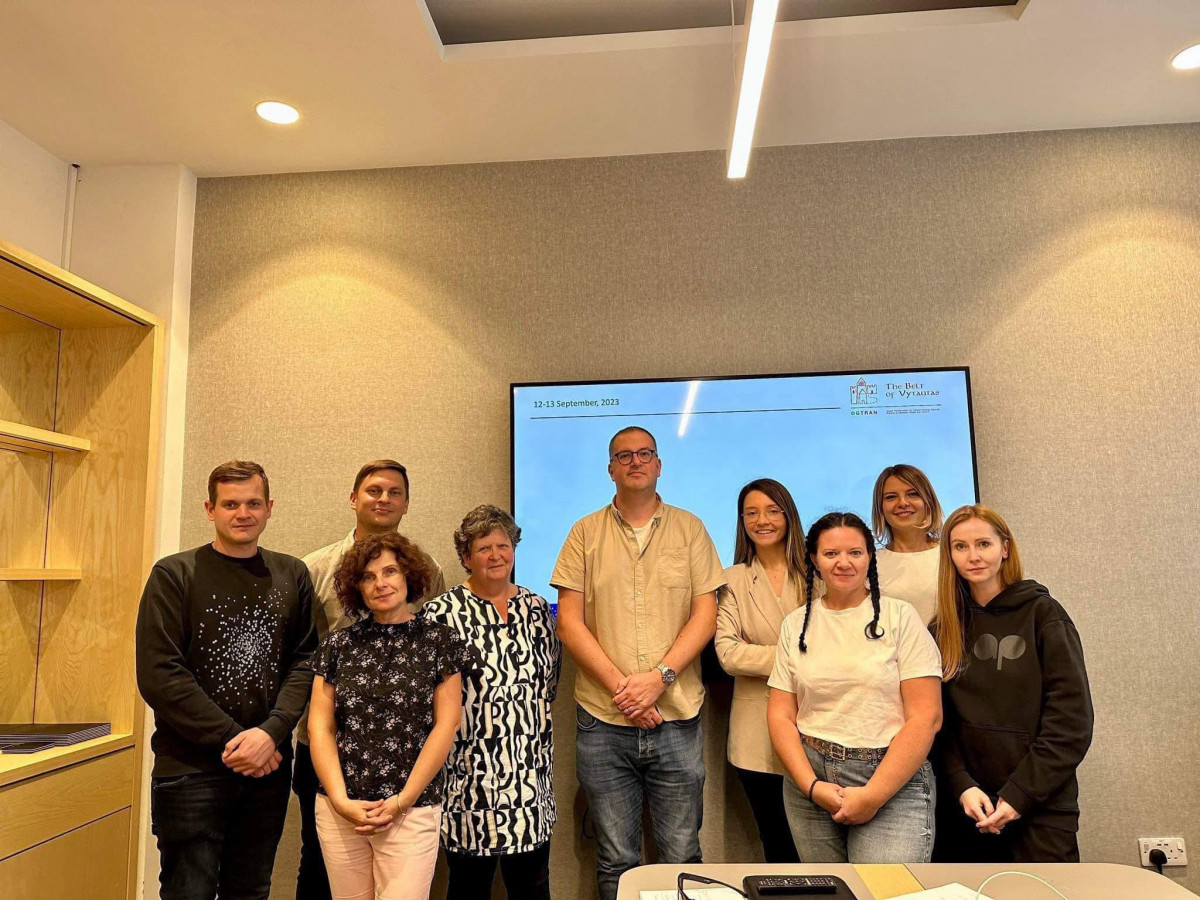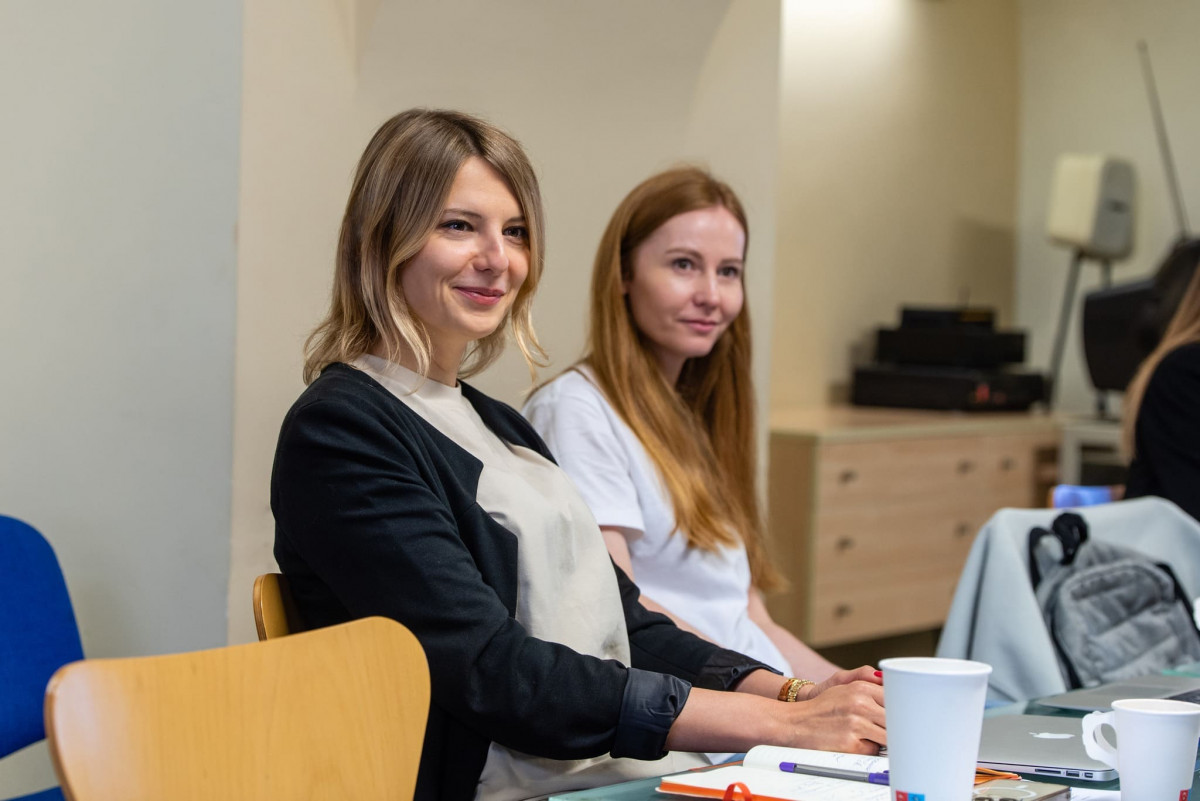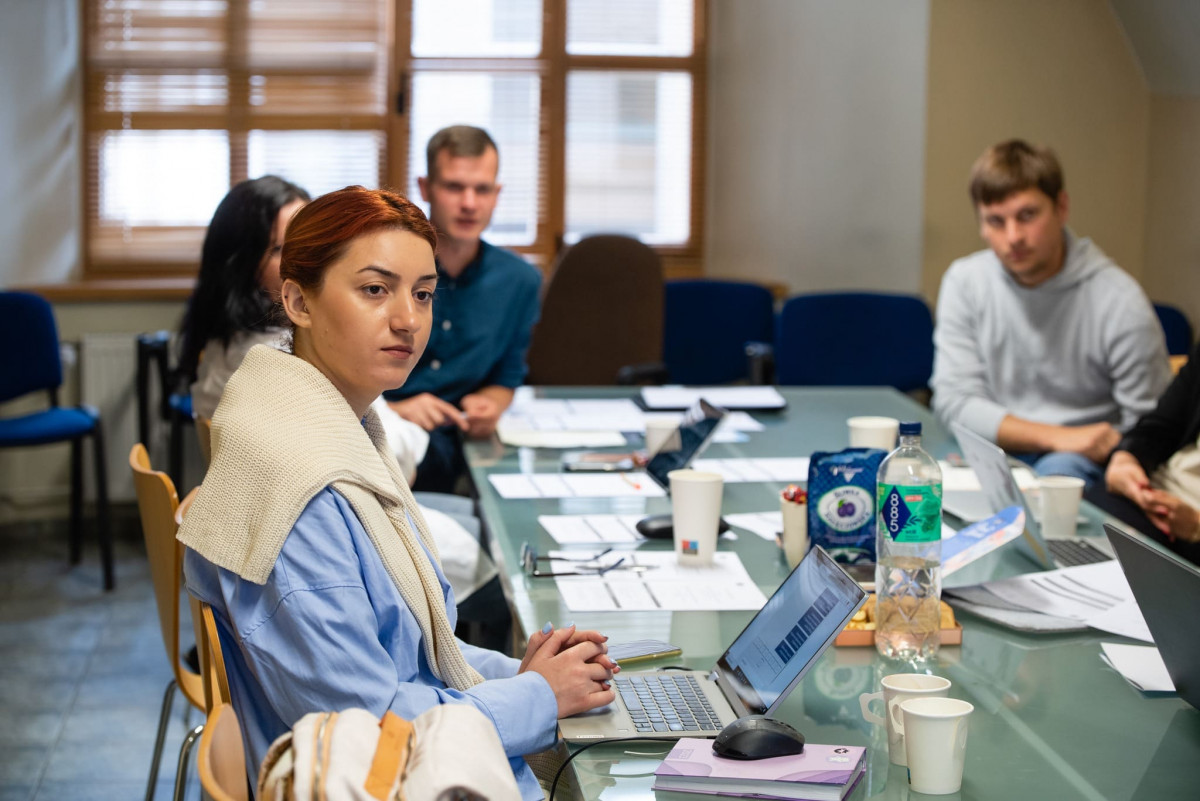- All media messages are constructed by someone and have one or more goals. Media texts are built as reliably as buildings and highways. So, let’s remember who created the message, from what materials and for what effect.
- Media messages are constructed using various speech techniques and according to their own, special, genre rules. Each form of communication has its own: scary music heightens fear, camera close-ups convey intimacy, big headlines signal significance. Understanding the grammar, syntax and language of metaphors in the media helps us to be less susceptible to potential manipulation.
- Different people perceive the same media message differently. The audience plays a role in the interpretation of a media message, as each member of the audience brings a unique set of life experiences to the message. The difference in age, gender, education and cultural upbringing will generate unique interpretations each time.
- Most mass media have values and points of view laid down by the collective or the funder. So their media messages also contain the subtext of who and what is important to the media – at least to the person or people creating the message. For example, the choice of the age, gender or nationality of the hero, the choice of circumstances and actions within the plot – these are just some of the ways of “embedding” values in a TV show, film, advertisement or video interview.
- Unfortunately, even in times of war, the bulk of the media message is organized for profit and/or power. Most of the world and Ukrainian media work as money-making enterprises, and advertising and the search for funding are an integral part of their work.
If you remember these key points behind almost every media message, you will be able to analyze and interpret these messages consciously, carefully, and therefore accept or reject their influence on you and your life.
This publication was prepared within the framework of the project “Citizenship for Democratization” with the assistance of the European Union, which is carried out by the Institute for Economic Research and Policy Consultation. The content of this publication is the sole responsibility of the NGO “Volyn Foundation” and in no way reflects the point of view of the European Union and the Institute of Economic Research and Political Consultation.
Anna Danylchuk, NGO “Volyn Foundation”



